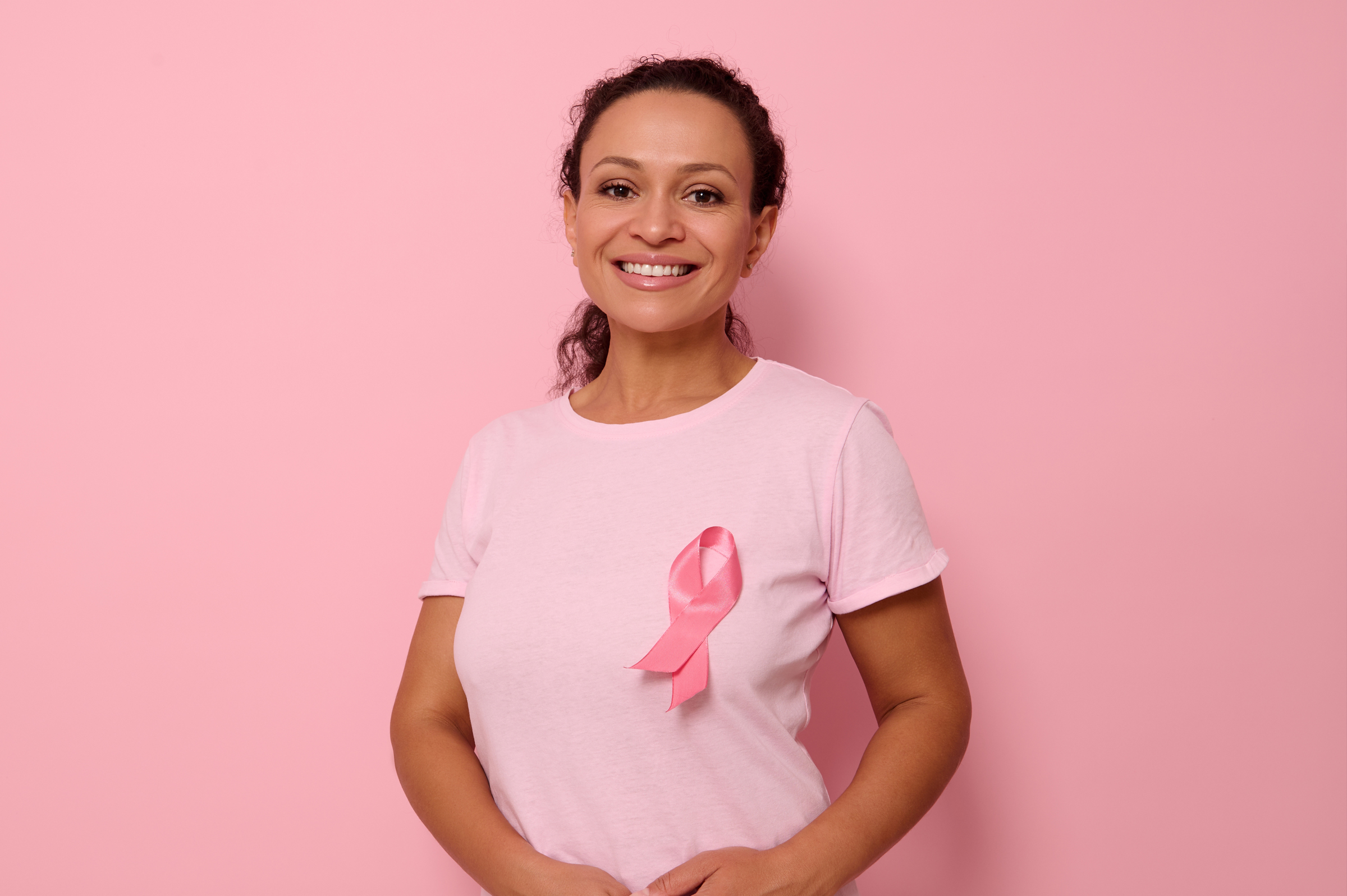As we step into the month of October, a month globally recognized as Breast Cancer Awareness Month, our attention turns to raising awareness, with breast cancer taking center stage. Breast cancer is a formidable adversary that affects millions of individuals and families worldwide. The power to conquer this disease lies not only in early detection and medical advancements but also in the extensive research that has taken place.
What is Breast Cancer?
Breast Cancer is characterized by the formation of malignant (cancerous) cells within the breast tissue. Currently, there are over 4 million breast cancer survivors in the United States. This is thanks to advances in both treatment methods and early detection.
Fortunately, we have the privilege of receiving insights and knowledge on this topic from our own esteemed oncologist, Dr. Carmen Lam.
Dr. Lam emphasizes the remarkable resilience of breast cancer patients, stating “The cure rate overall, regardless of the stage, is over 90%. So, it’s really nice to be able to remind breast cancer patients to be optimistic because their cure right is very, very high.”
Breast Cancer: Five Fast Facts
- In the United States, 1 in 8 women (approximately 13% of the female population) will be diagnosed with breast cancer in her lifetime.
- In 2023, an estimated 297,790 women and 2,800 men will be diagnosed with invasive breast cancer.
- Breast cancer is the most common cancer in American women, other than skin cancers.
- Women who receive regular screenings for breast cancer have a 26% lower breast cancer death rate than women who do not receive screenings.
- In the United States, the lifetime risk of a man developing breast cancer is about 1 in 833.
About 15% of women diagnosed with breast cancer have a family history of the disease. Those who have a first-degree relative (such as a mother, sister, or daughter) with breast cancer face nearly double the risk of developing the condition themselves. This is why it is extremely important to undergo regular screenings with your healthcare provider and schedule those mammograms.
It’s important to bring awareness to the disparities in breast cancer. Though the mortality rate has dropped by 40% over the past three decades, the reality is that the declining breast cancer deaths have not been equal for everyone. In fact, breast cancer occurs within every racial and ethnic group, but the outcomes across the different groups are not the same.
Breast Cancer Statistics by Ethnicity, according to the National Breast Cancer Foundation
Black Women:
- 1 in 5 Black women with breast cancer are diagnosed with triple-negative breast cancer, this is higher than any other racial or ethnic group.
- Black women are 40% more likely to die from breast cancer than white women.
- The average age of Black women diagnosed with breast cancer is 60 years old.
Hispanic Women:
- Breast cancer is the leading cause of cancer death for Hispanic women.
- Hispanic women are more likely than white women to be diagnosed with breast cancer at later stages when it is more difficult to treat.
- Overall, Hispanic women have a 20% lower incidence rate of breast cancer than other groups.
Asian, Pacific Islander, American Indian, and Alaska Native Women:
- Asian and Pacific Islander women are more likely to be diagnosed with localized breast cancer (earlier stage, more treatable) than other groups.
- American Indian and Alaska Native women have the lowest incidence rate of developing breast cancer.
- Chinese and Japanese women have the highest breast cancer survival rates.
Dr. Lam revealed that the most common symptom of breast cancer is a lump or a mass that you may feel. “Typically, if it’s a concerning mass, it would be firm, it may feel irregular or fixed to the breast tissue around the mass. So, when you are trying to grab it, it’s just not moving very much.” However, it’s important to note that some patients do not have any symptoms or signs at all when they have breast cancer.
Changes to Look For/Warning Signs of Breast Cancer
- New lump in the breast or armpit
- Swelling or thickening of part of the breast
- Redness or flaky skin in the nipple area or the breast
- Nipple discharge other than breast milk, including blood
- Irritation or dimpling of breast skin
- Any change in the size or shape of the breast
If You Find a Lump or Experience Something Unusual
Call your healthcare provider right away if you find lumpiness in a breast, difference in tissue, or experience any of the listed changes to look for above. It is not uncommon to feel emotional or to jump to conclusions, if you find a lump. Remember that most breast lumps are benign, this means the lump is not cancerous. Either way, it is better to be on the safe side and always seek medical attention.
At Hill Physicians Medical Group, we have over 5,000 physicians ready to support you on your path to better health. Click here to find one.
What Can I Do to Reduce My Risk of Breast Cancer?
- Maintaining a healthy weight – Keep a normal BMI of 18.5 – 24.9.
- Try to eat a healthier diet with more plant-based options – this doesn’t necessarily mean you have to become a vegetarian; it means adding more vegetables to your diet.
- Limit alcohol consumption – the more alcohol you drink, the greater your risk of developing breast cancer.
- Be physically active – exerciseat least four times a week for 30 minutes each time.
- Get breast cancer screenings/exams and schedule mammograms – when breast cancer is detected early, there is a much higher probability of remission. Be vigilant about breast cancer detection.
Remember that knowledge is your ally, support is your strength, and early action can save lives. Breast Cancer Awareness Month serves as a poignant reminder to continue standing together and empowering one another. Together, we can make a difference and ensure a brighter, healthier future for all.



